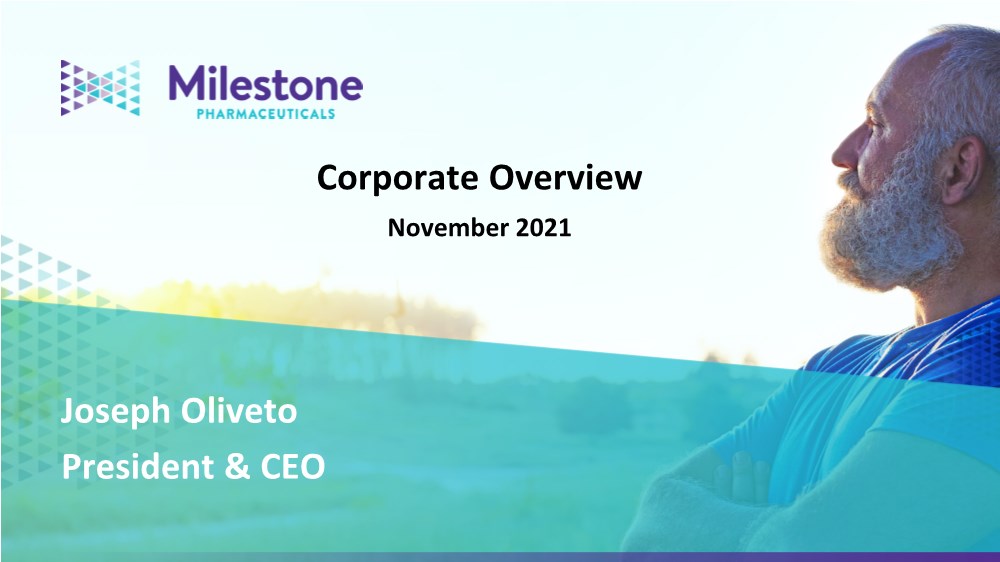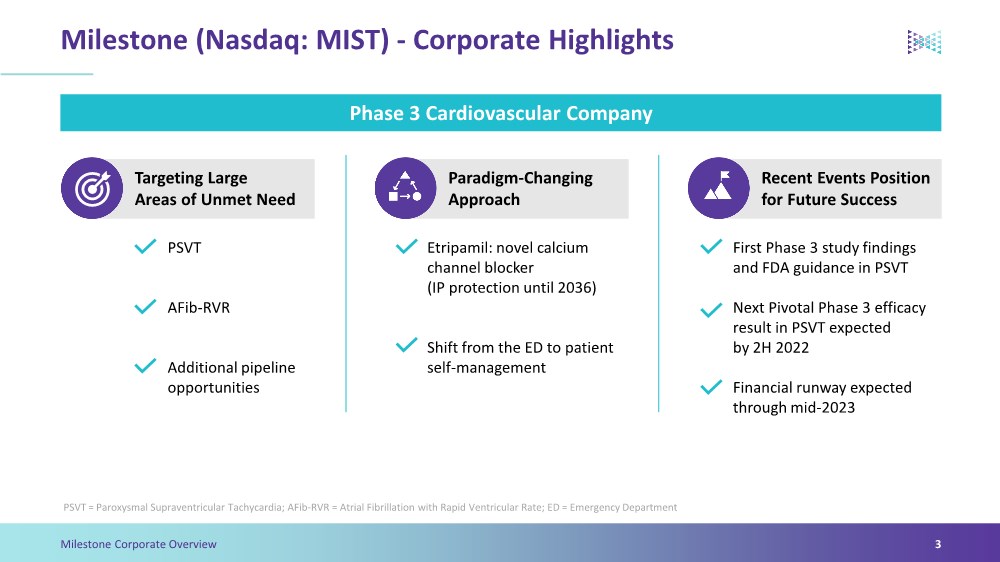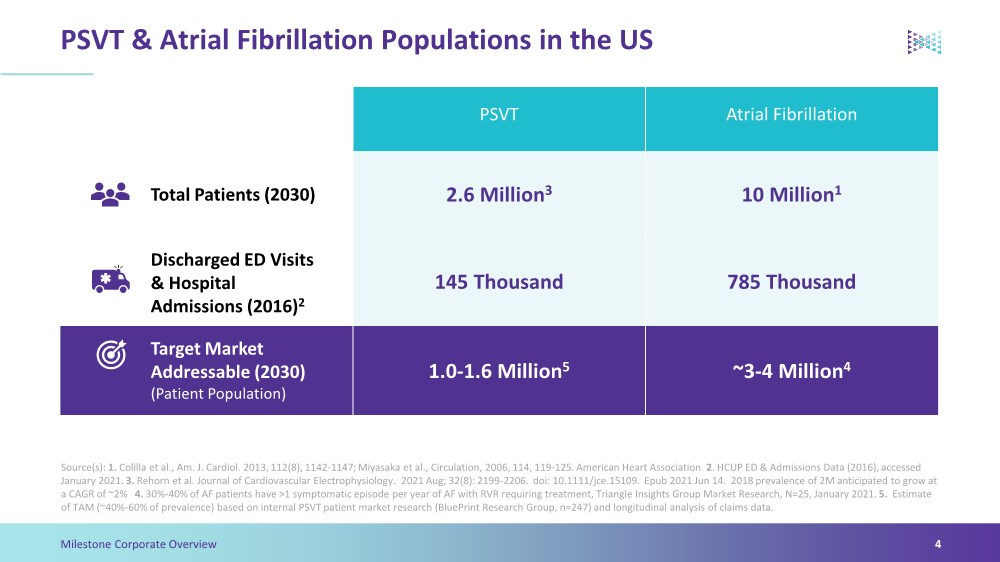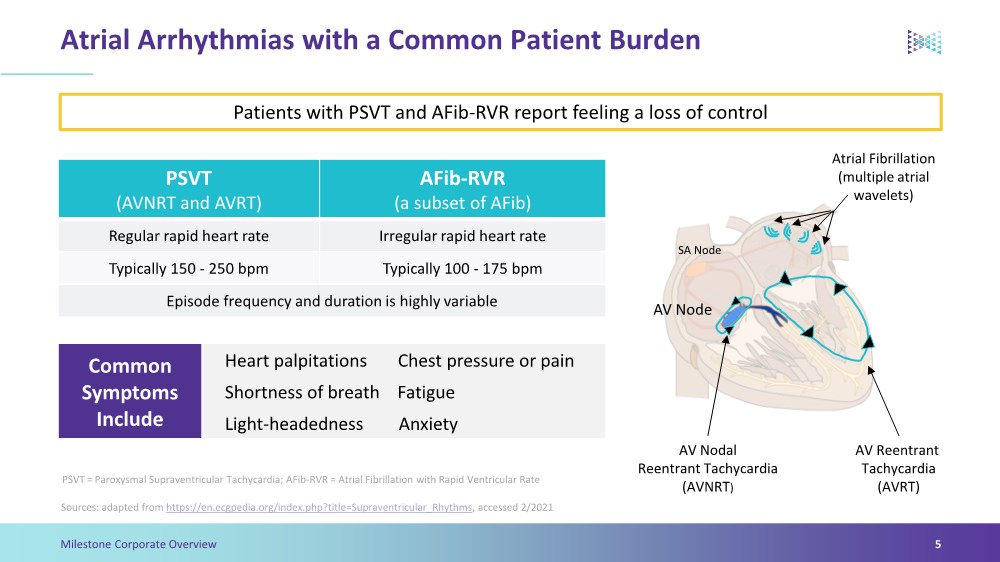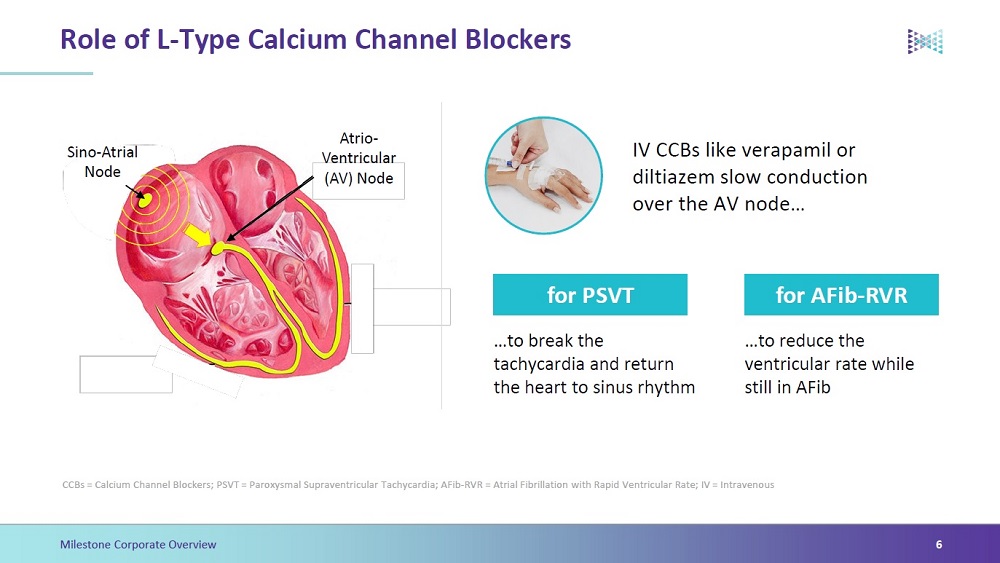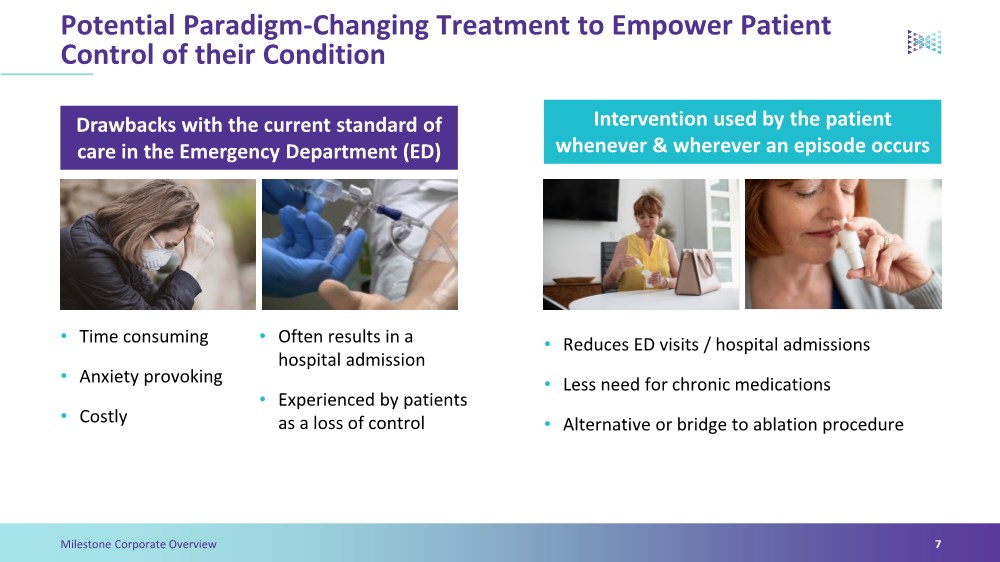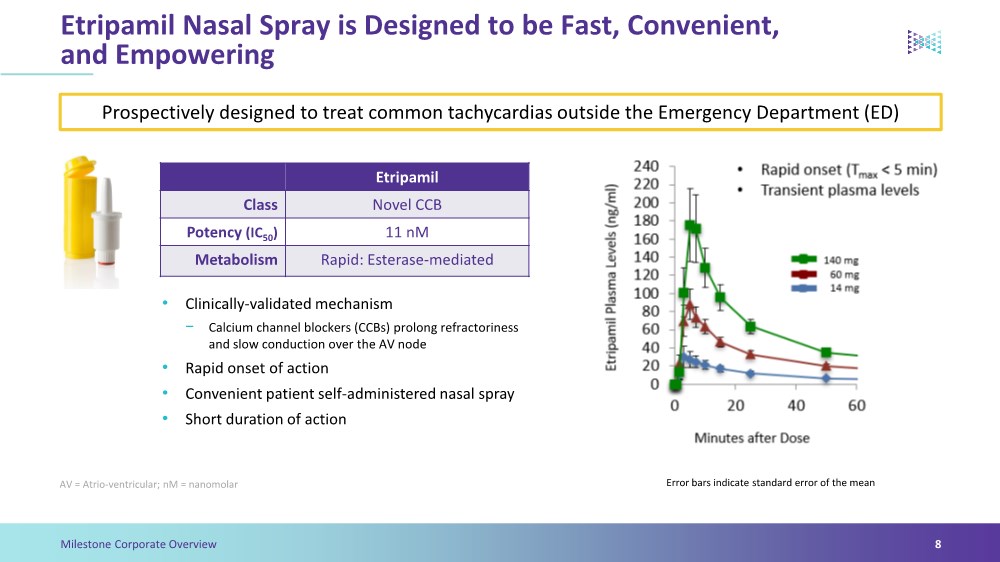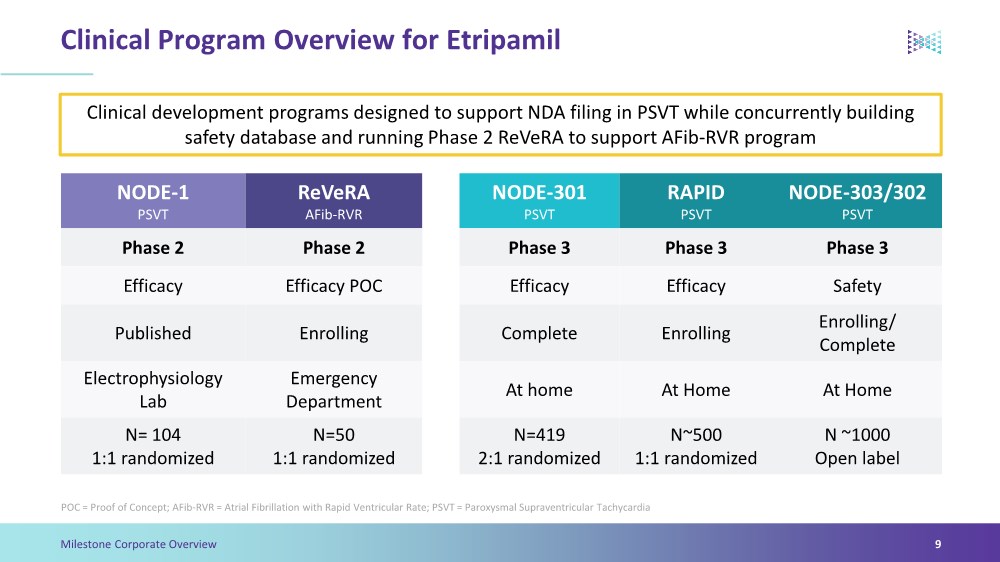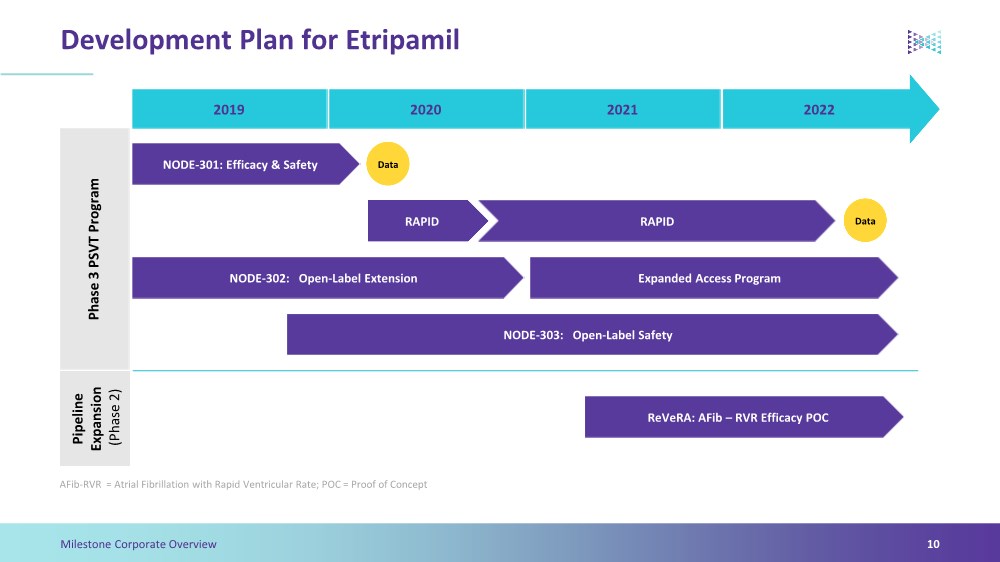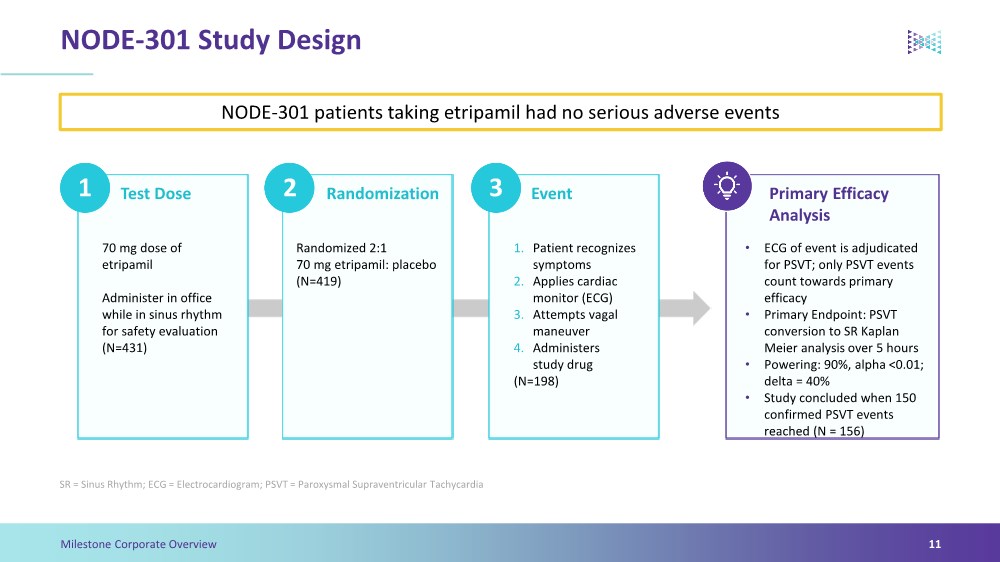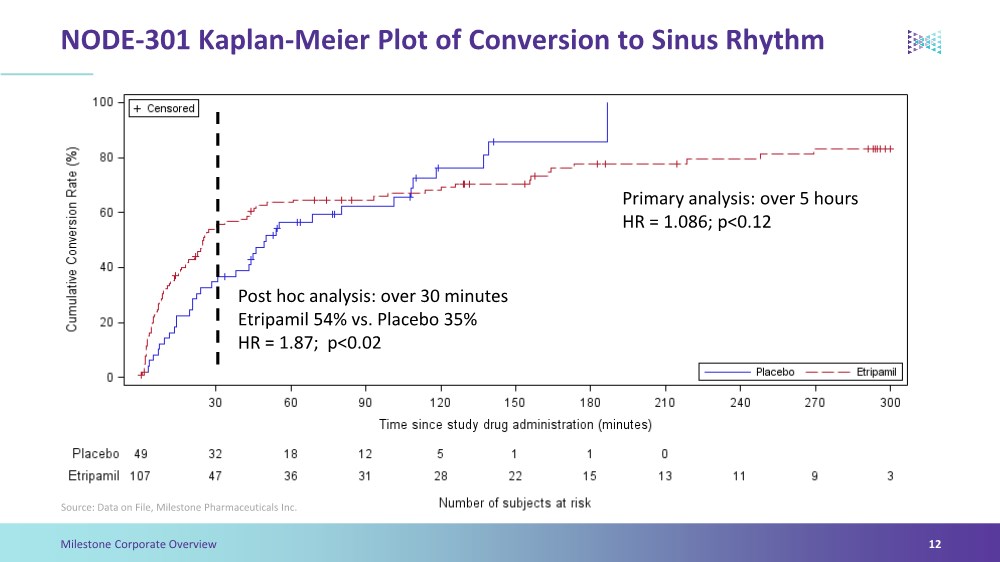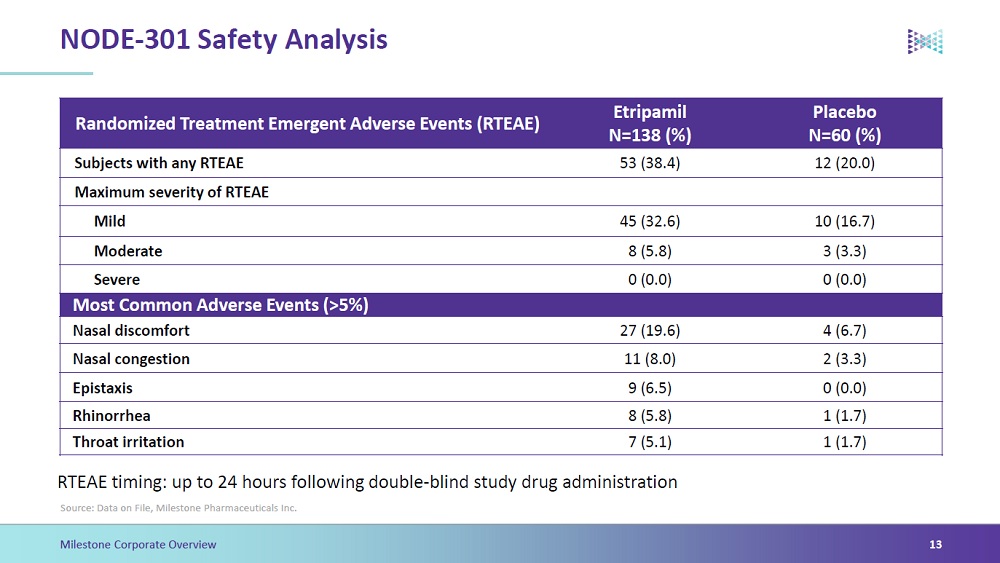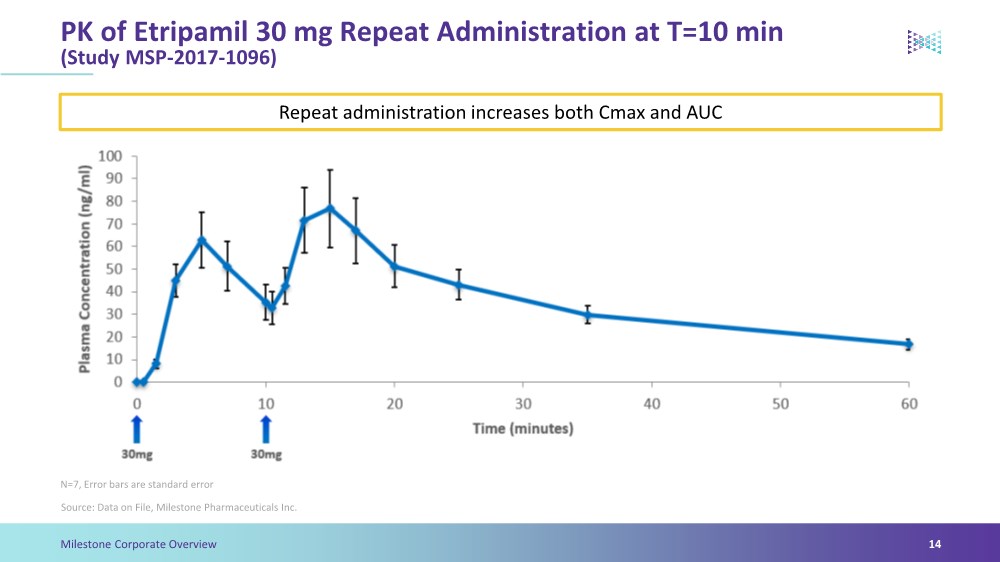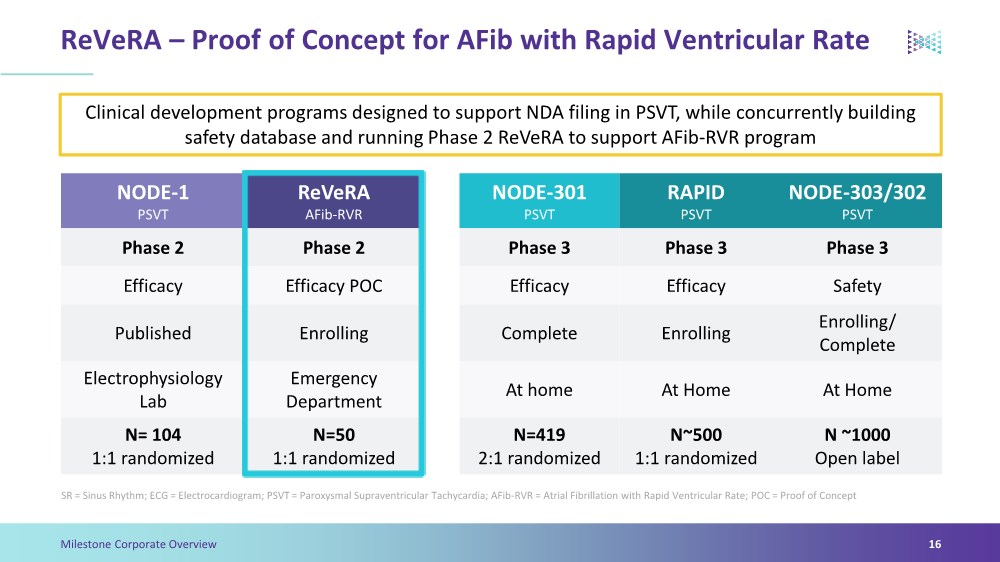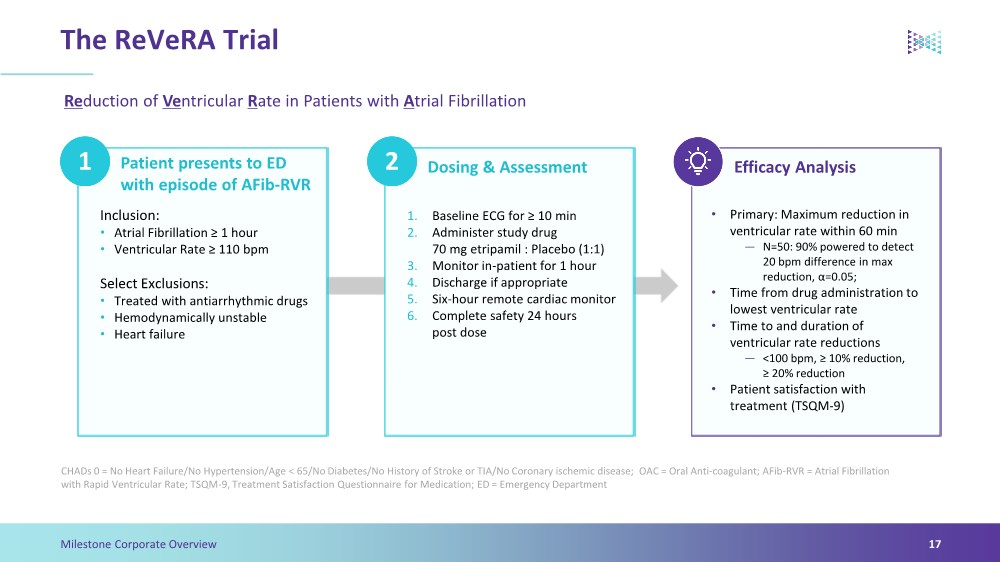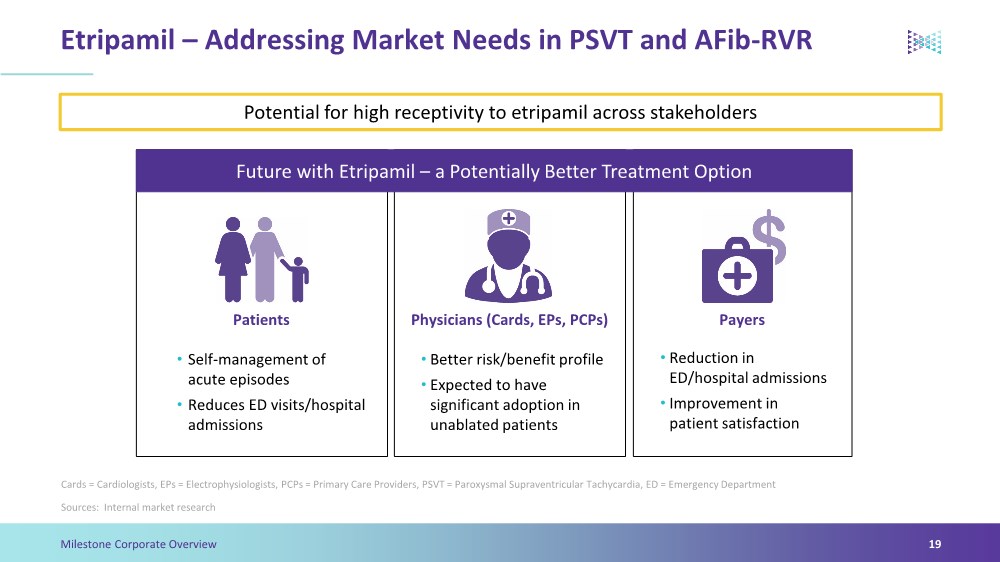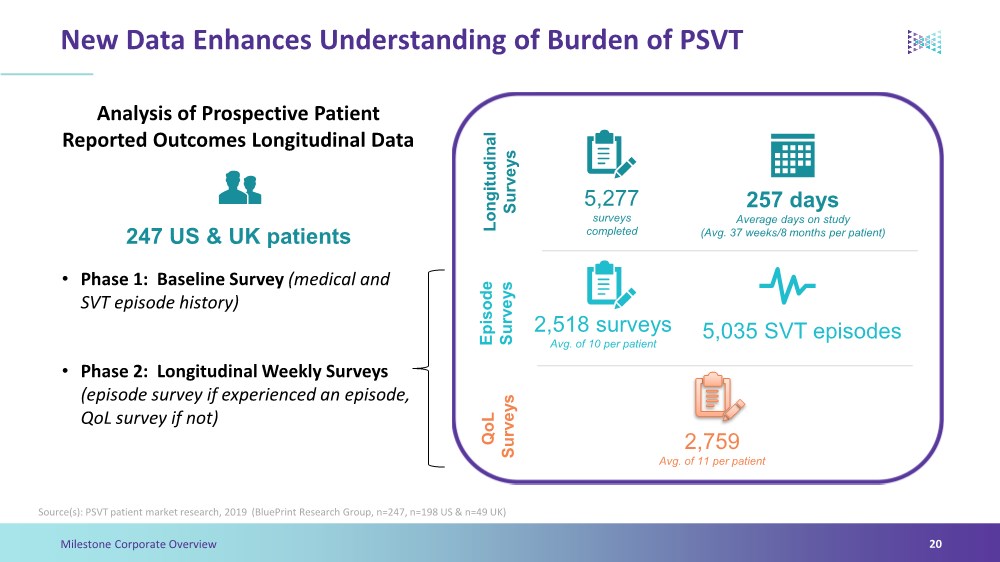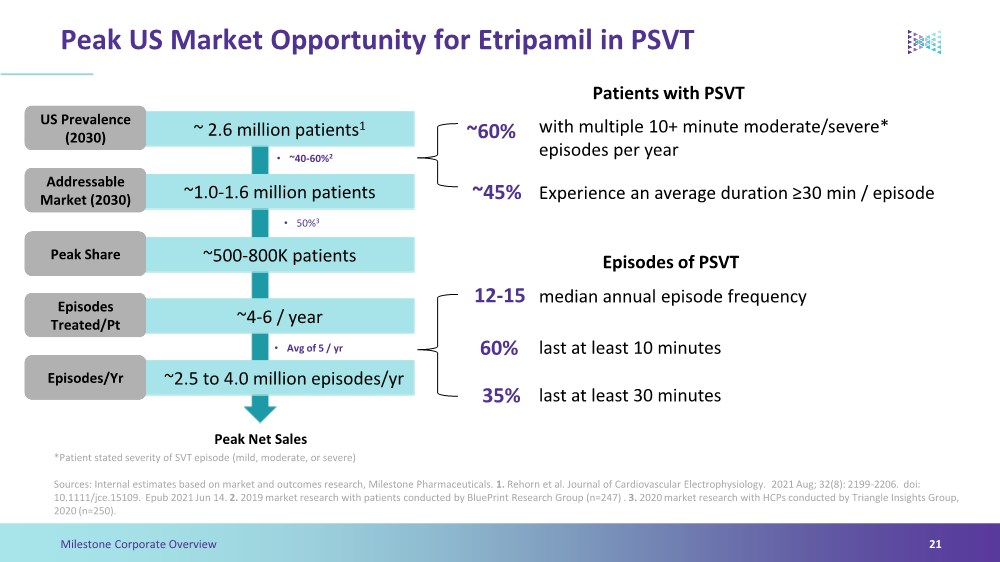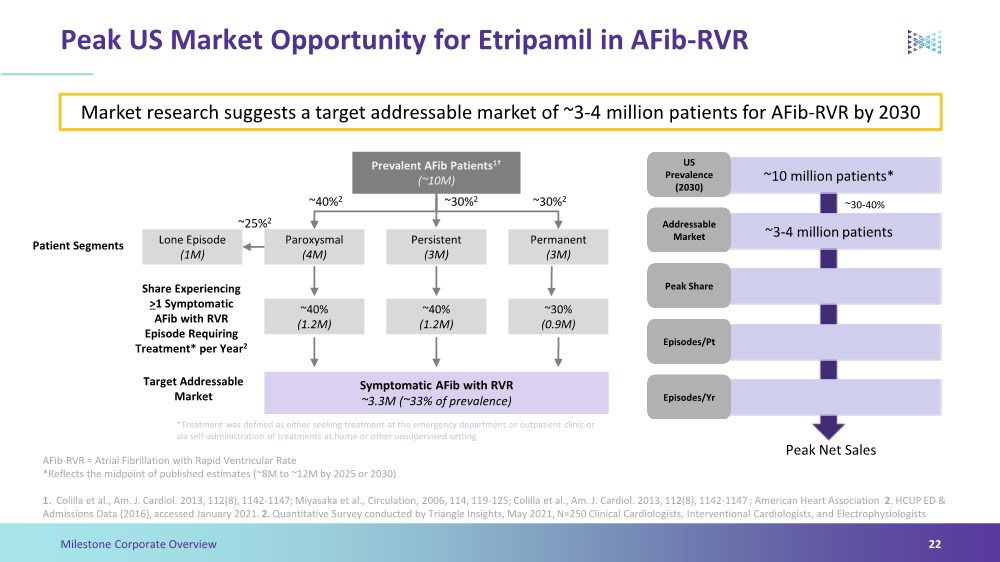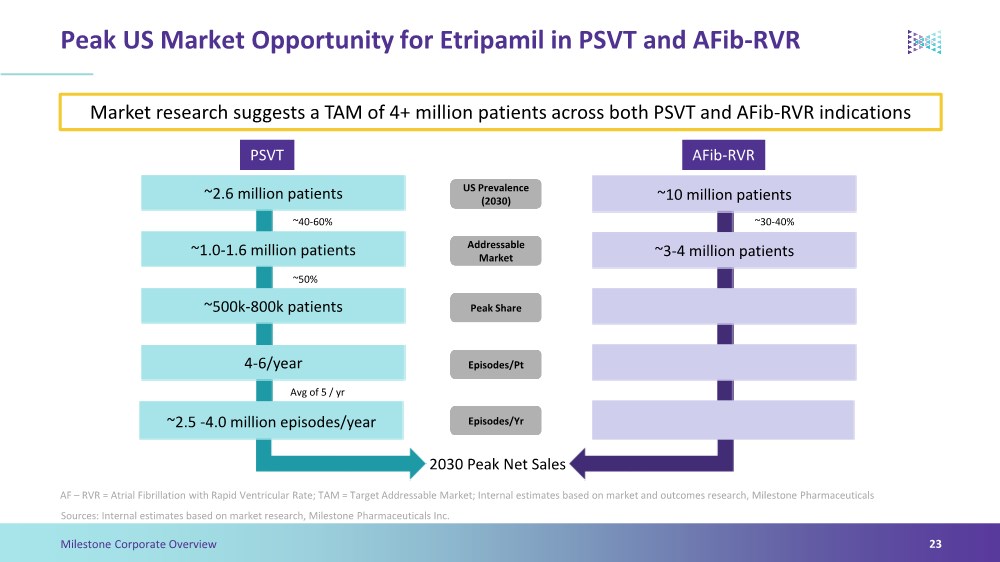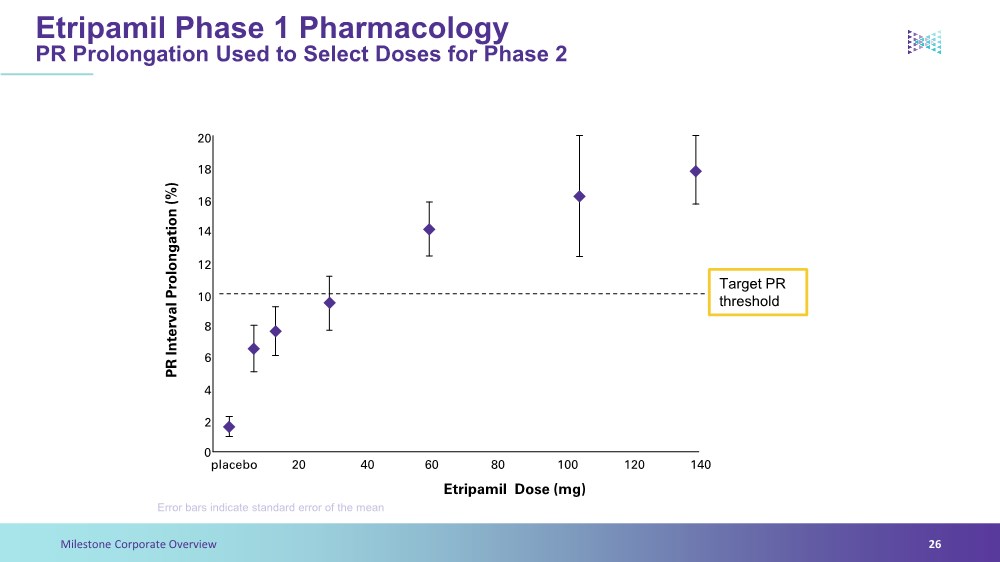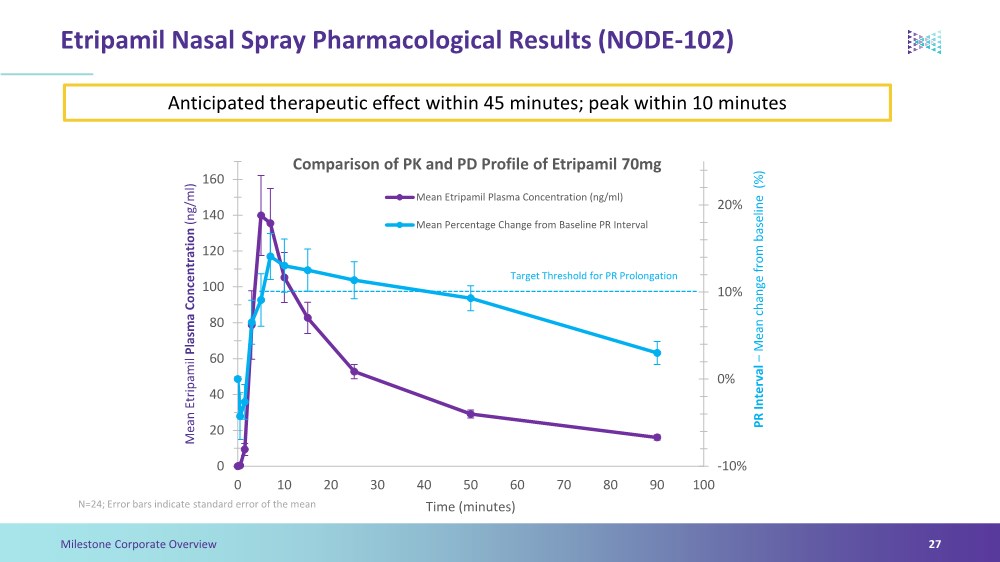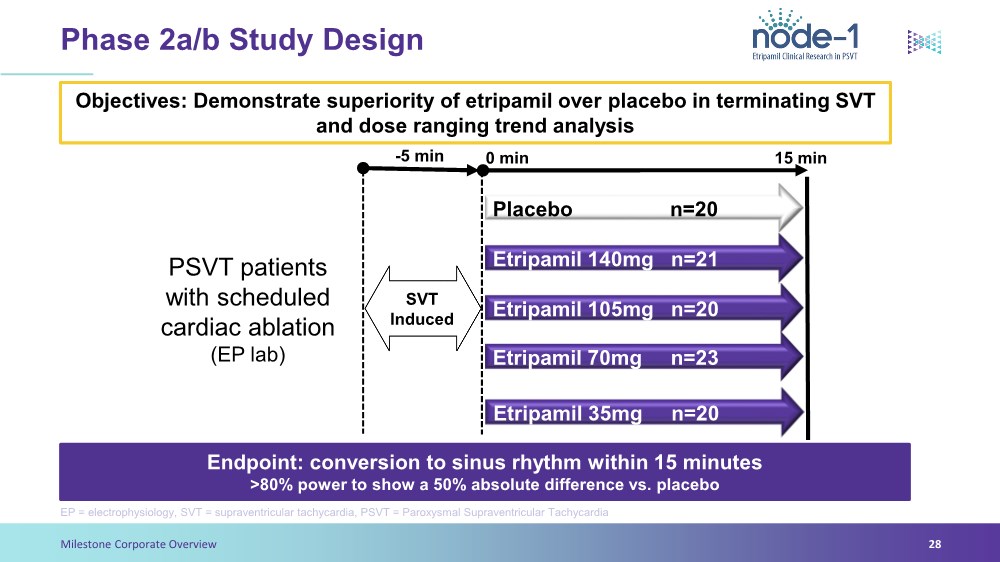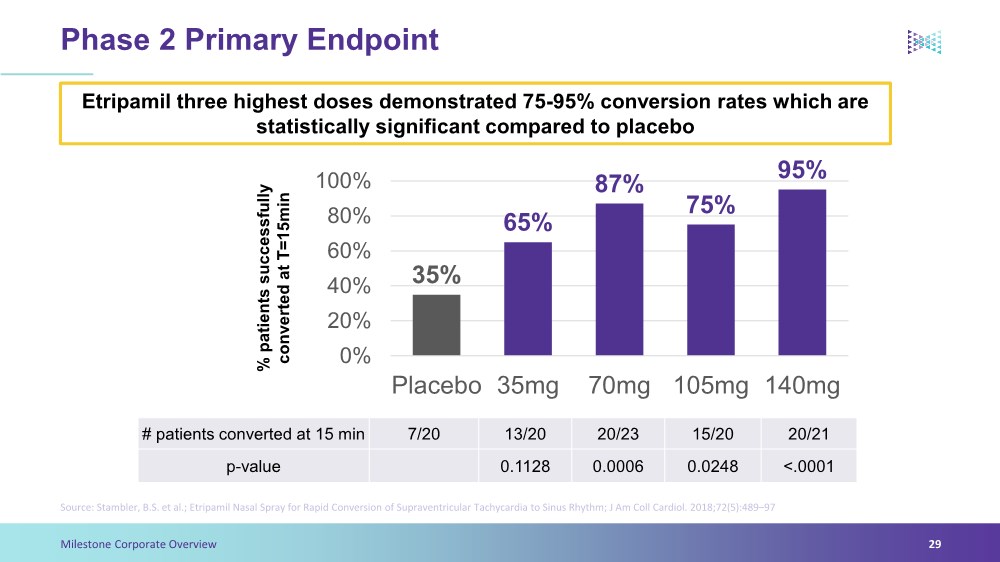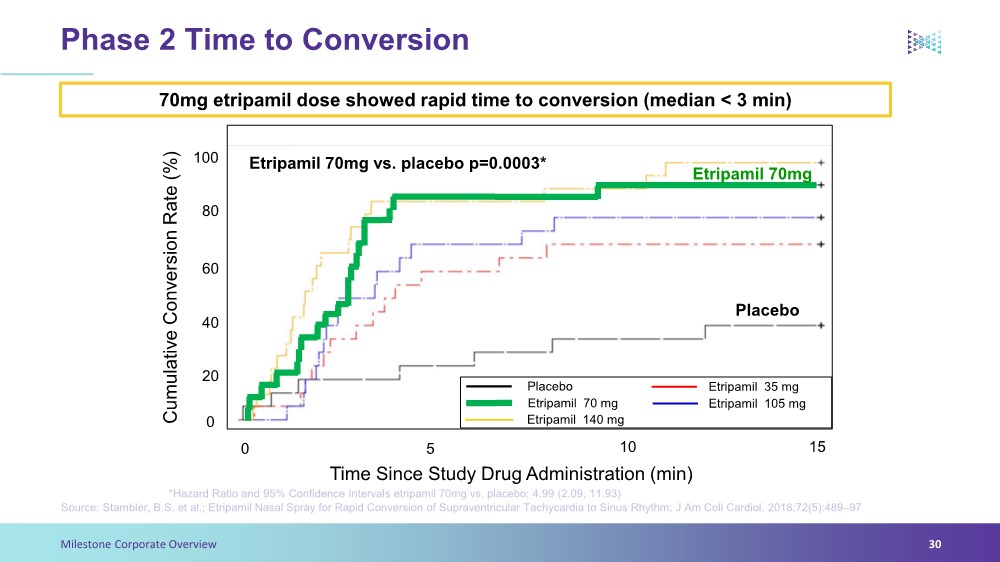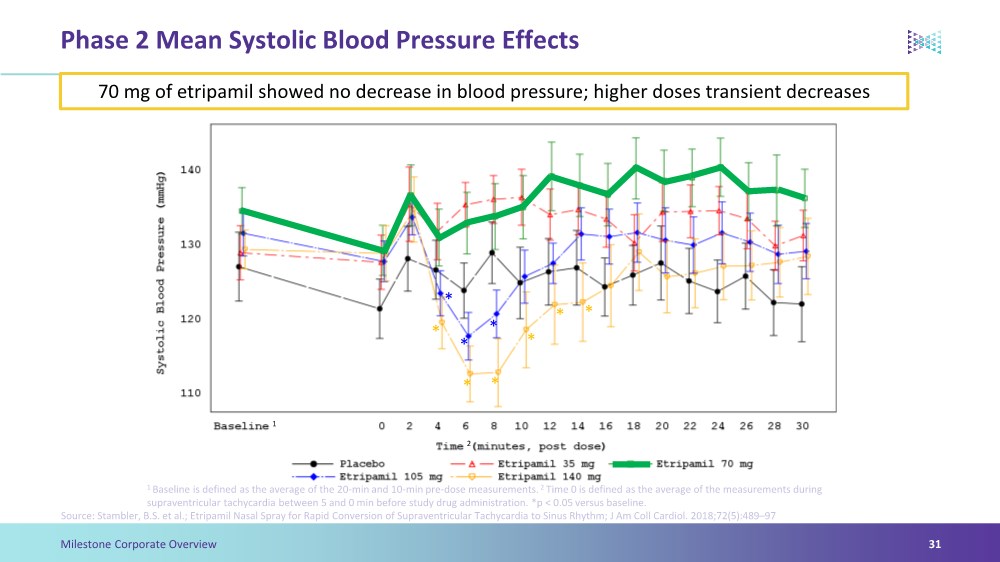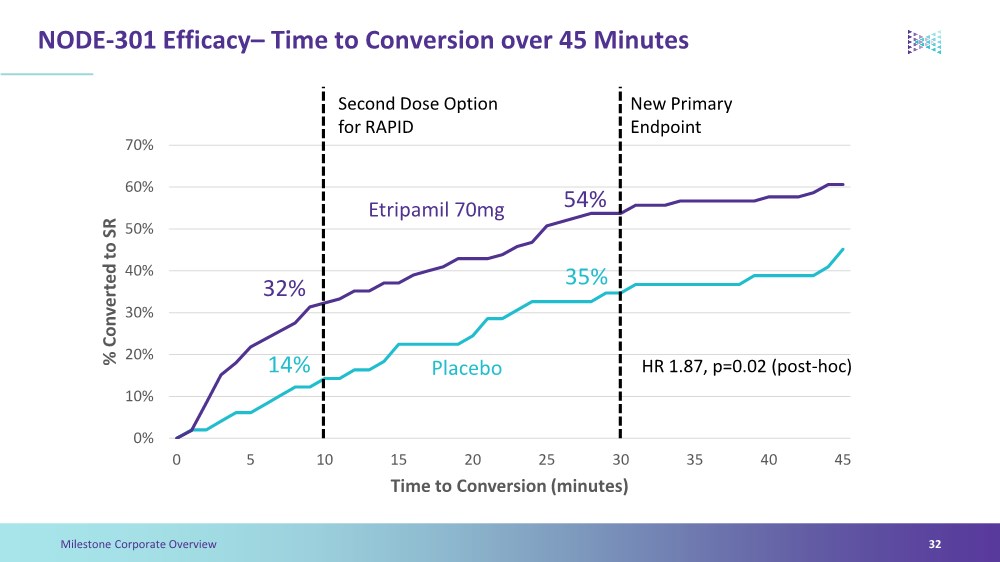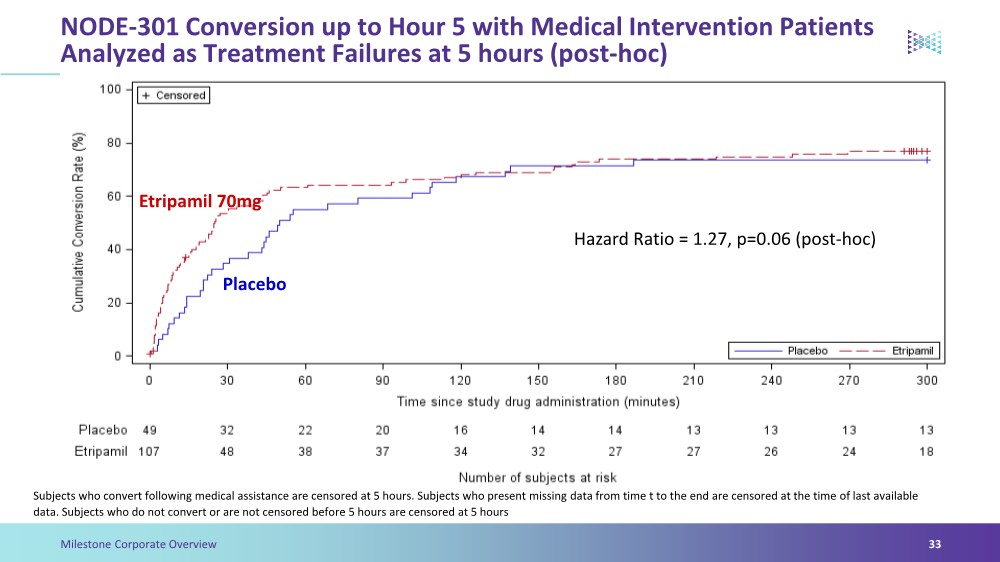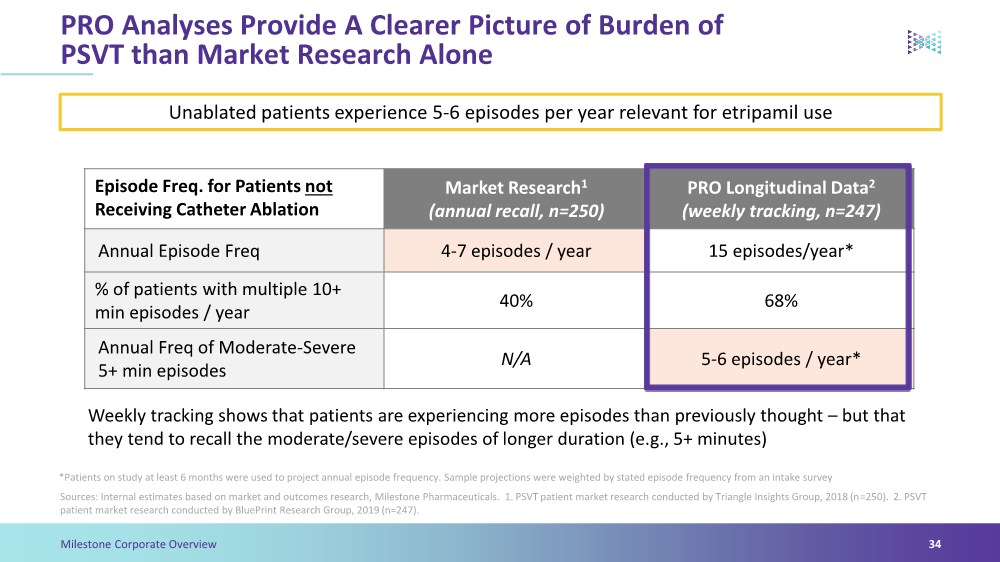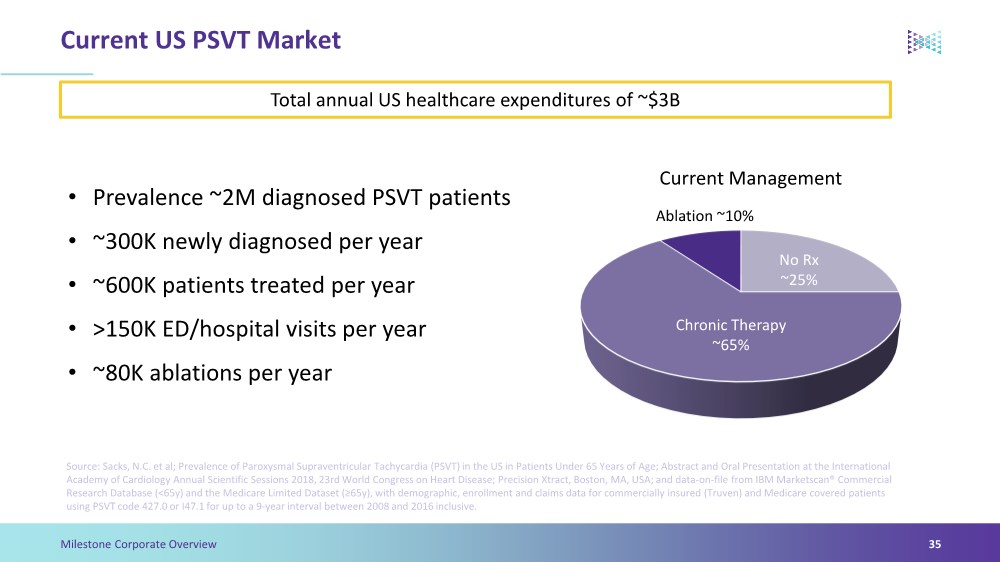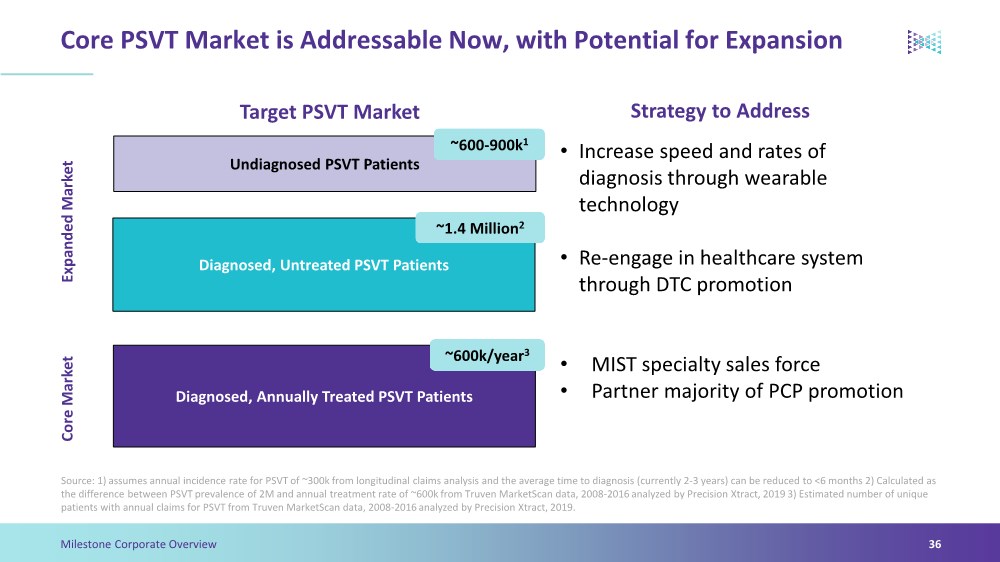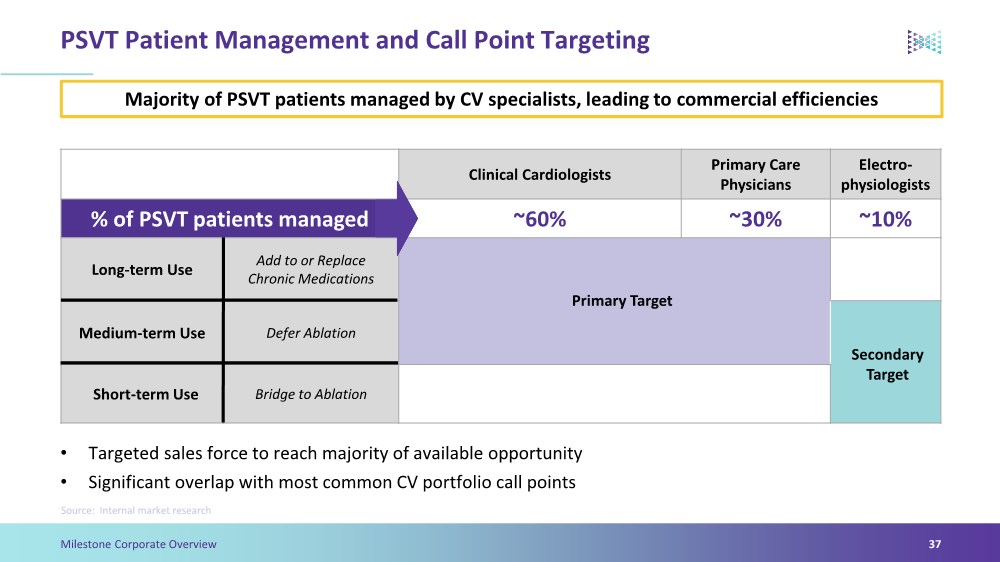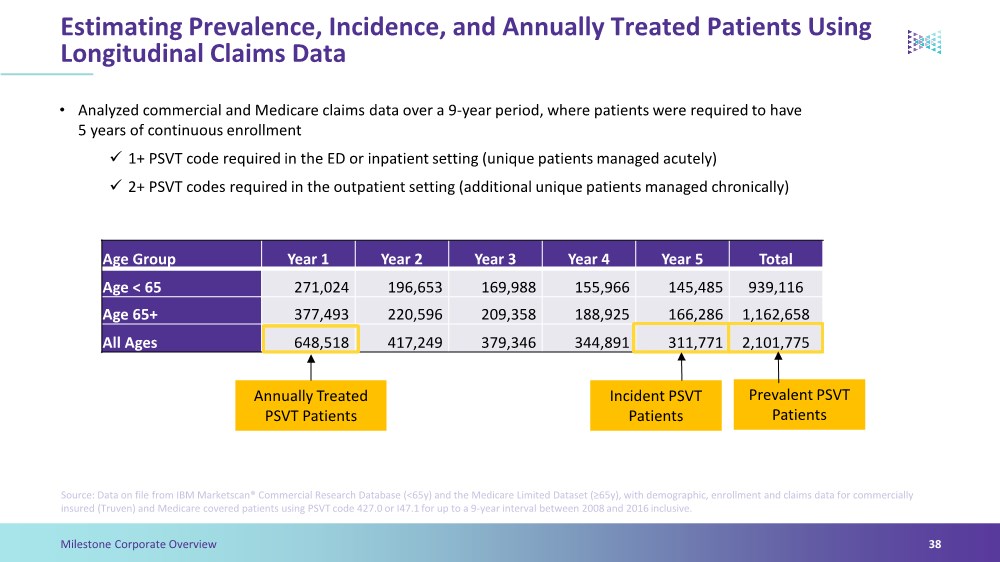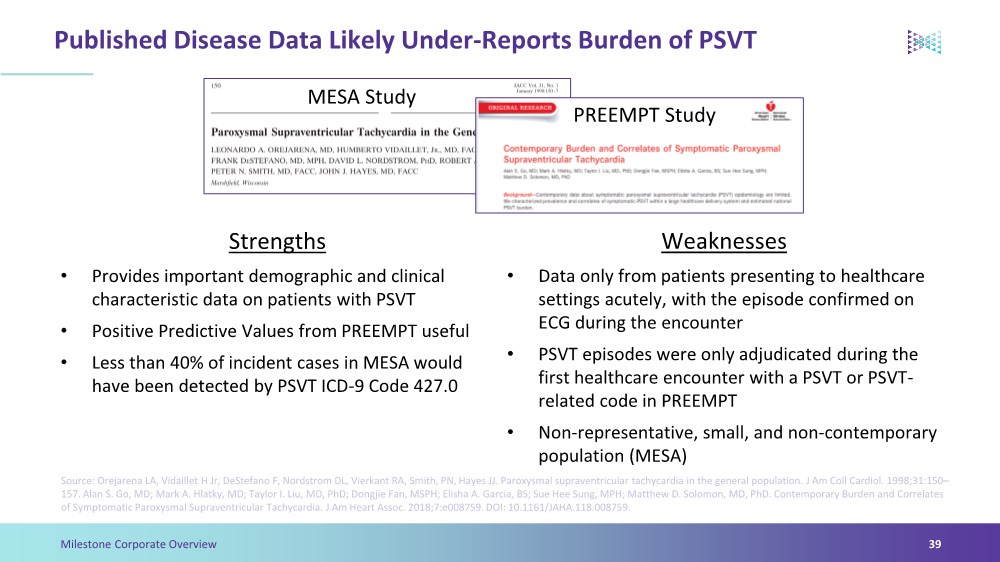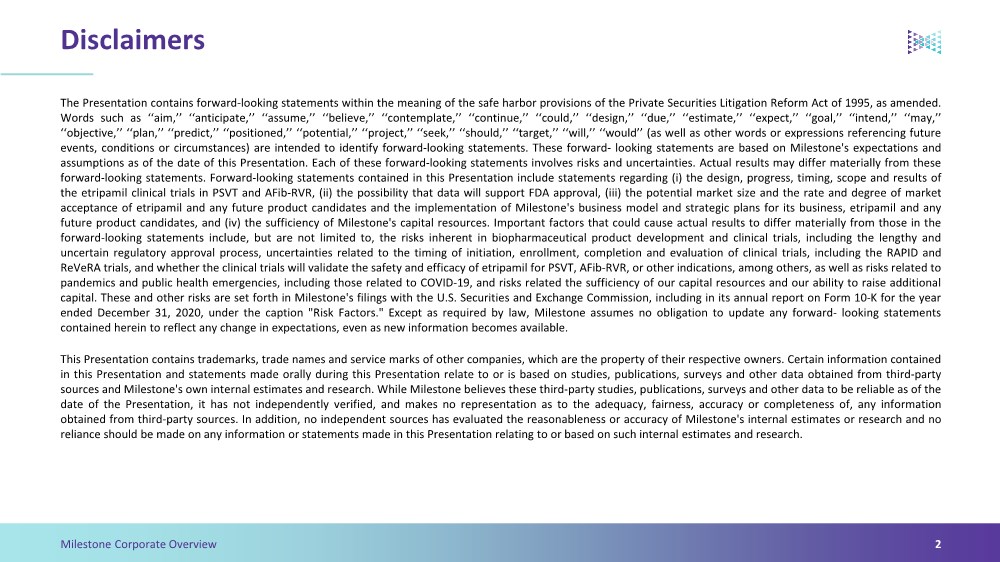
| Disclaimers The Presentation contains forward-looking statements within the meaning of the safe harbor provisions of the Private Securities Litigation Reform Act of 1995, as amended. Words such as ‘‘aim,’’ ‘‘anticipate,’’ ‘‘assume,’’ ‘‘believe,’’ ‘‘contemplate,’’ ‘‘continue,’’ ‘‘could,’’ ‘‘design,’’ ‘‘due,’’ ‘‘estimate,’’ ‘‘expect,’’ ‘‘goal,’’ ‘‘intend,’’ ‘‘may,’’ ‘‘objective,’’ ‘‘plan,’’ ‘‘predict,’’ ‘‘positioned,’’ ‘‘potential,’’ ‘‘project,’’ ‘‘seek,’’ ‘‘should,’’ ‘‘target,’’ ‘‘will,’’ ‘‘would’’ (as well as other words or expressions referencing future events, conditions or circumstances) are intended to identify forward-looking statements. These forward- looking statements are based on Milestone's expectations and assumptions as of the date of this Presentation. Each of these forward-looking statements involves risks and uncertainties. Actual results may differ materially from these forward-looking statements. Forward-looking statements contained in this Presentation include statements regarding (i) the design, progress, timing, scope and results of the etripamil clinical trials in PSVT and AFib-RVR, (ii) the possibility that data will support FDA approval, (iii) the potential market size and the rate and degree of market acceptance of etripamil and any future product candidates and the implementation of Milestone's business model and strategic plans for its business, etripamil and any future product candidates, and (iv) the sufficiency of Milestone's capital resources. Important factors that could cause actual results to differ materially from those in the forward-looking statements include, but are not limited to, the risks inherent in biopharmaceutical product development and clinical trials, including the lengthy and uncertain regulatory approval process, uncertainties related to the timing of initiation, enrollment, completion and evaluation of clinical trials, including the RAPID and ReVeRA trials, and whether the clinical trials will validate the safety and efficacy of etripamil for PSVT, AFib-RVR, or other indications, among others, as well as risks related to pandemics and public health emergencies, including those related to COVID-19, and risks related the sufficiency of our capital resources and our ability to raise additional capital. These and other risks are set forth in Milestone's filings with the U.S. Securities and Exchange Commission, including in its annual report on Form 10-K for the year ended December 31, 2020, under the caption "Risk Factors." Except as required by law, Milestone assumes no obligation to update any forward- looking statements contained herein to reflect any change in expectations, even as new information becomes available. This Presentation contains trademarks, trade names and service marks of other companies, which are the property of their respective owners. Certain information contained in this Presentation and statements made orally during this Presentation relate to or is based on studies, publications, surveys and other data obtained from third-party sources and Milestone's own internal estimates and research. While Milestone believes these third-party studies, publications, surveys and other data to be reliable as of the date of the Presentation, it has not independently verified, and makes no representation as to the adequacy, fairness, accuracy or completeness of, any information obtained from third-party sources. In addition, no independent sources has evaluated the reasonableness or accuracy of Milestone's internal estimates or research and no reliance should be made on any information or statements made in this Presentation relating to or based on such internal estimates and research. 2 Milestone Corporate Overview |
